Step into Philippines' most storied fortress, where Spanish colonial might meets Filipino heroism. Explore ancient stone ramparts, walk in Rizal's final footsteps, and discover 400 years of history along the scenic Pasig River.
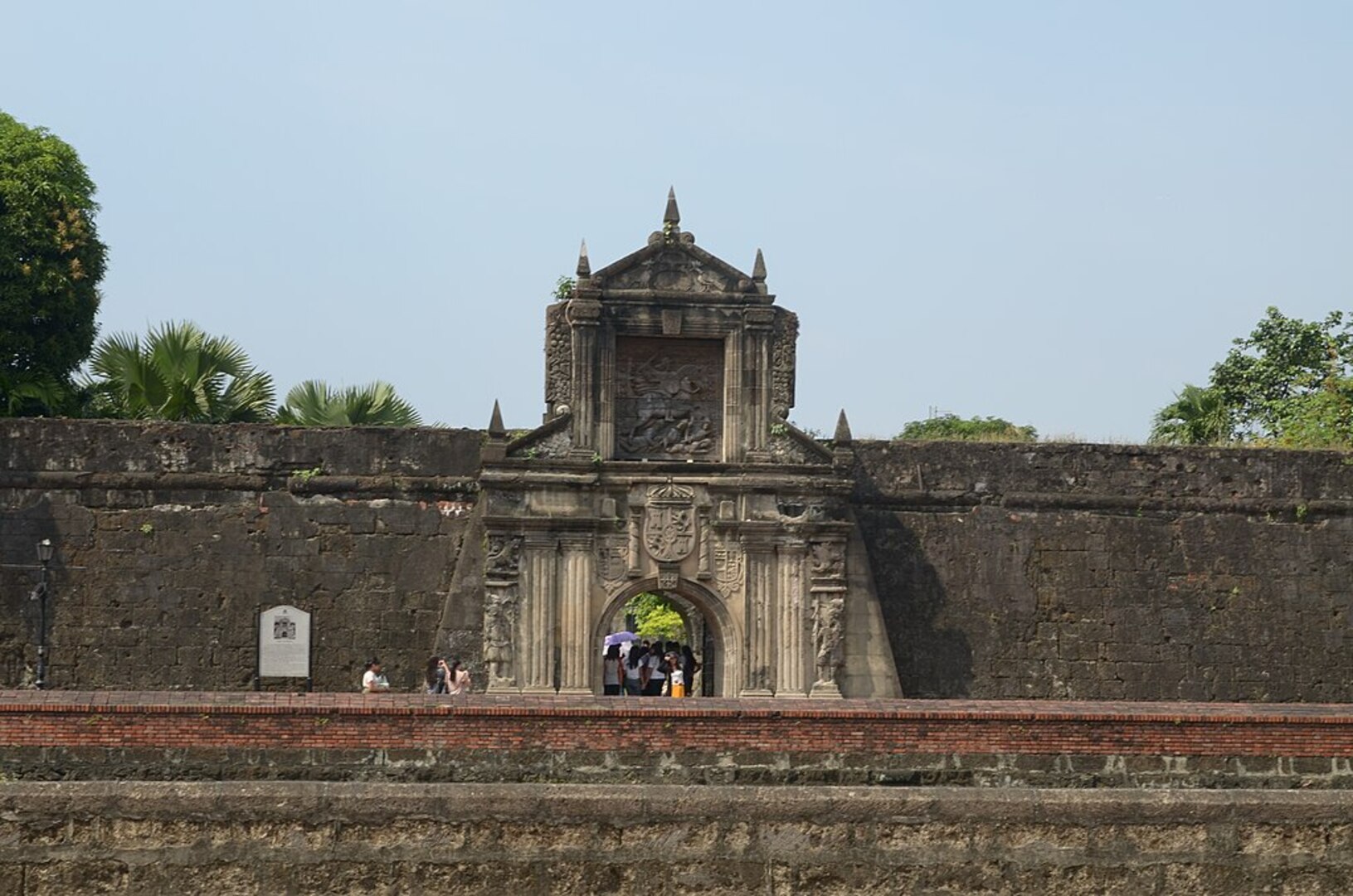
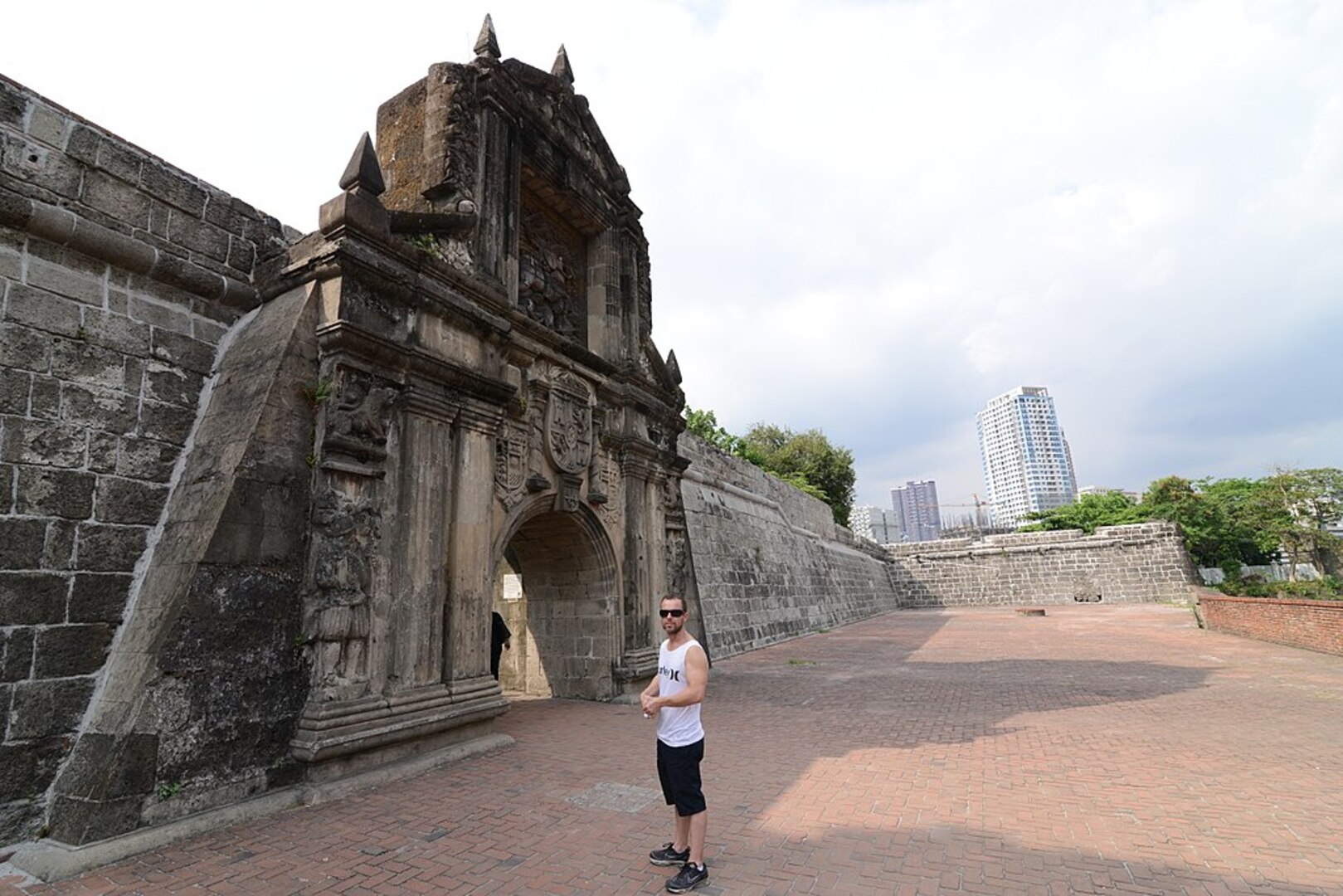
Step through centuries of history with a licensed guide. Visit the main gate, dungeons, and the Rizal Shrine, and uncover stories of Spanish Manila and World War II within the walled city.
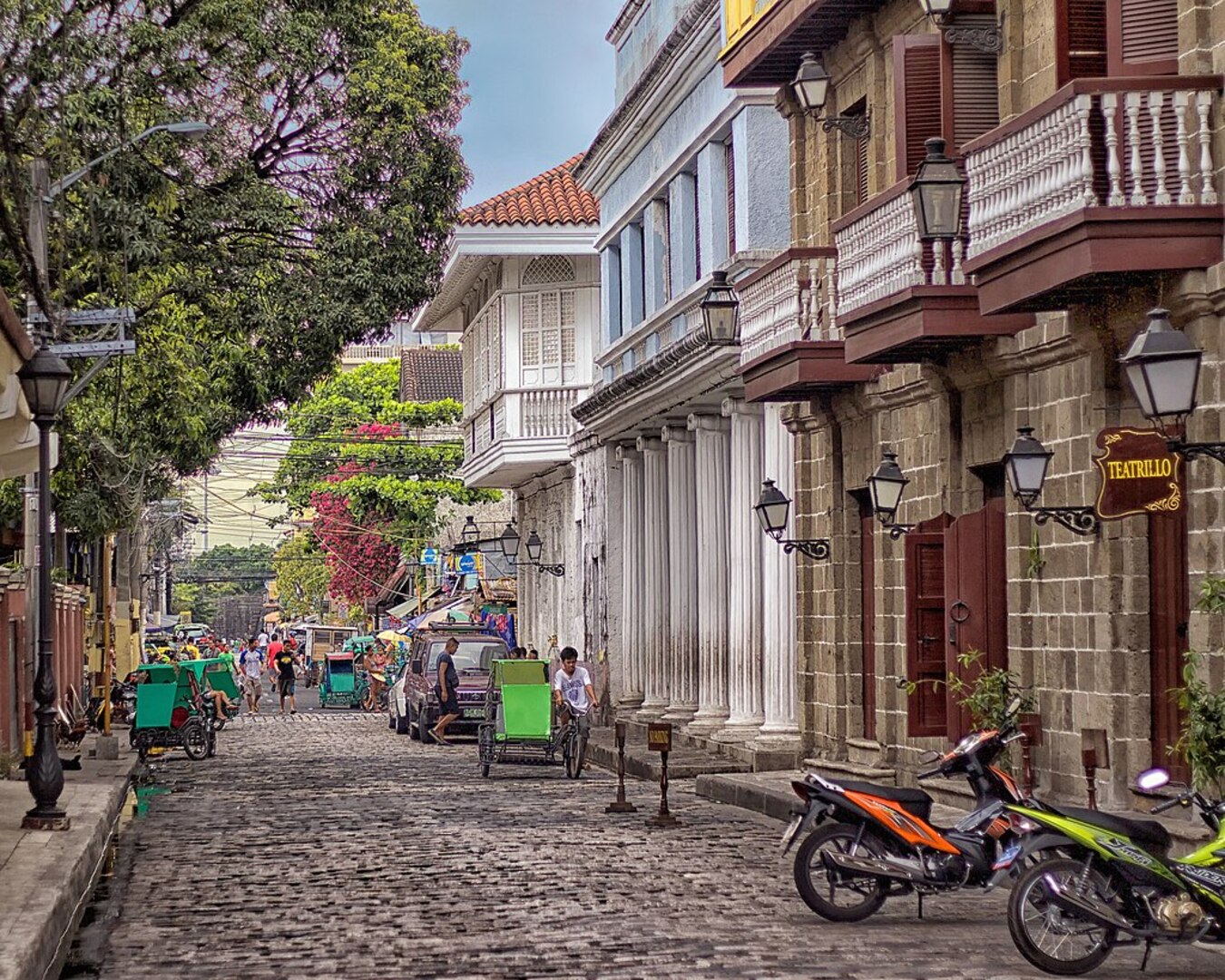
See Manila’s highlights with Fort Santiago as the centerpiece. Enjoy comfortable transport, key Intramuros stops, and expert commentary that brings the city’s layered history to life.
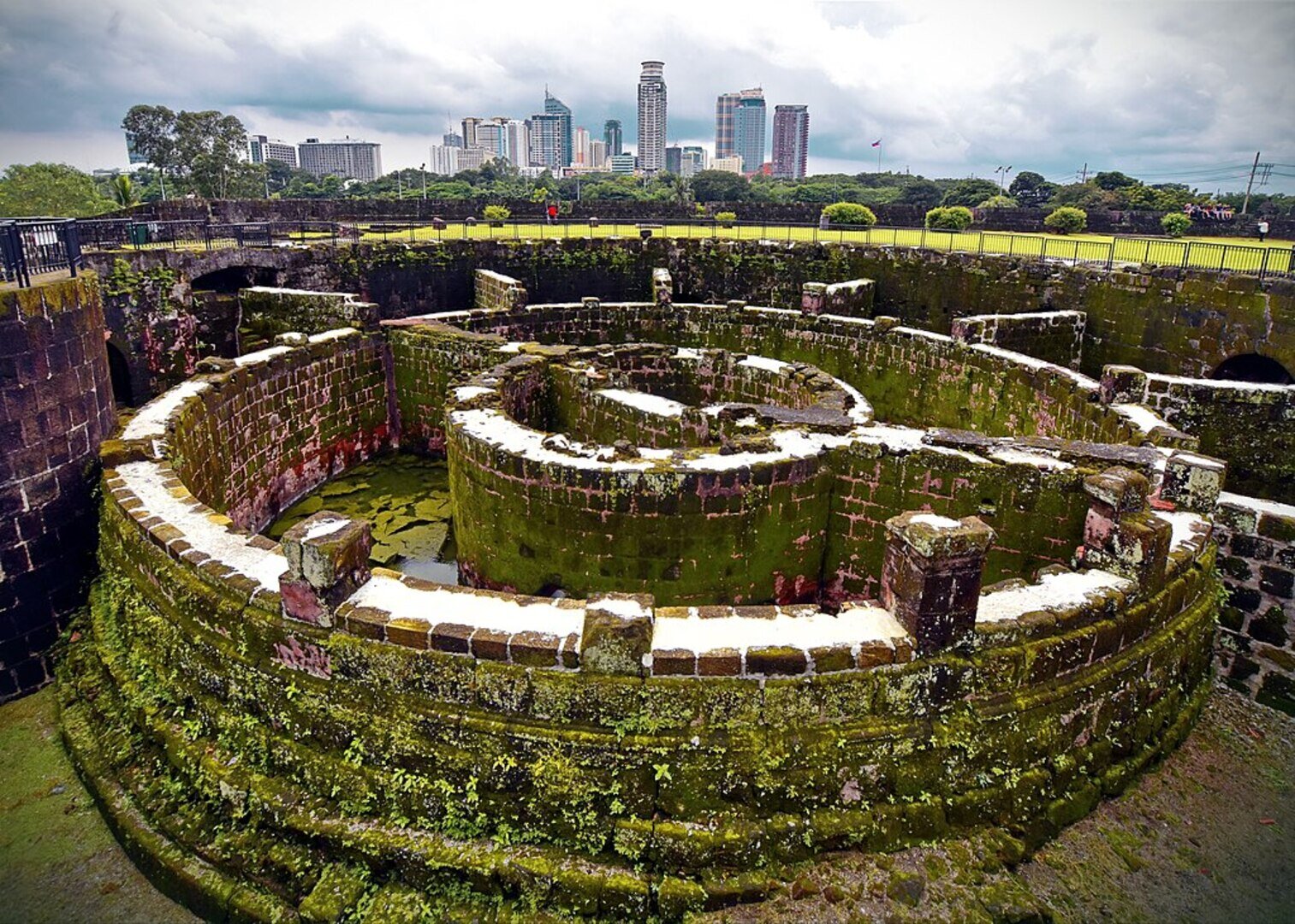
Perfect for time-conscious travelers. Walk the fortress walls with stunning river views, photograph the iconic main gate, and explore the peaceful grounds where Rizal spent his final days. See why this National Shrine remains the Philippines' most visited historic site.
Named after Saint James the Great, this bastioned fortress served as the military headquarters of Spanish Manila for over 300 years. Its stone walls witnessed the rise and fall of empires, from Spanish conquistadors to British invaders, American colonizers, and Japanese occupiers.
Today, Fort Santiago stands as the Philippines' premier National Shrine, honoring Dr. José Rizal's final days and the countless Filipino patriots who sacrificed for freedom. The fort's museums, gardens, and restored structures offer visitors an immersive journey through the nation's most pivotal historical moments.
Discover History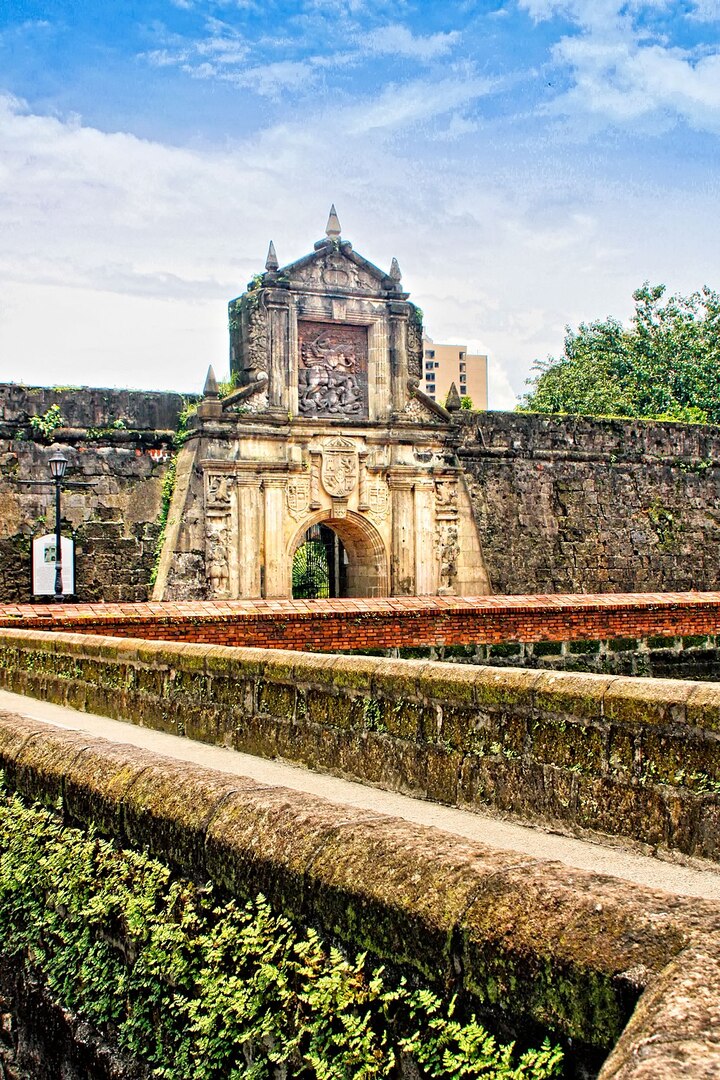
Visit the Philippines' most revered historical site, where national hero José Rizal spent his final hours. The fortress represents the birthplace of Filipino nationalism and independence.
Walk through authentic Spanish dungeons, explore underground tunnels, and visit interactive museums that bring 400 years of colonial history to life with artifacts and multimedia displays.
Enjoy breathtaking views of Manila Bay and the Pasig River from the fortress walls. The fort's gardens and promenades offer perfect photo opportunities at sunset.
Accessible pathways, engaging exhibits, and family-friendly amenities make learning Philippine history enjoyable. Special programs available for students and seniors.
1590–1593 – Spanish Foundation: Governor-General Santiago de Vera ordered construction of this massive stone fortress using forced Filipino labor and volcanic tuff from nearby quarries. Named after Saint James the Great, patron saint of Spain.
1762 – British Invasion: British forces successfully stormed the fort during the Seven Years' War, but Spanish rule was restored in 1764. The siege revealed vulnerabilities that led to major renovations.
1896 – Rizal's Final Days: Dr. José Rizal, the Philippines' national hero, spent his last 24 hours in the fort's prison before his execution at Bagumbayan. His cell is now a revered shrine.
1942–1945 – Japanese Occupation: Used as a garrison and prison by Japanese forces. Allied bombing in 1945 severely damaged the structure, killing hundreds of civilians sheltering inside.
Present Day – National Shrine: Carefully restored as the Philippines' premier historical park, featuring museums, gardens, cultural shows, and educational programs that welcome over 700,000 visitors annually.
Explore highlights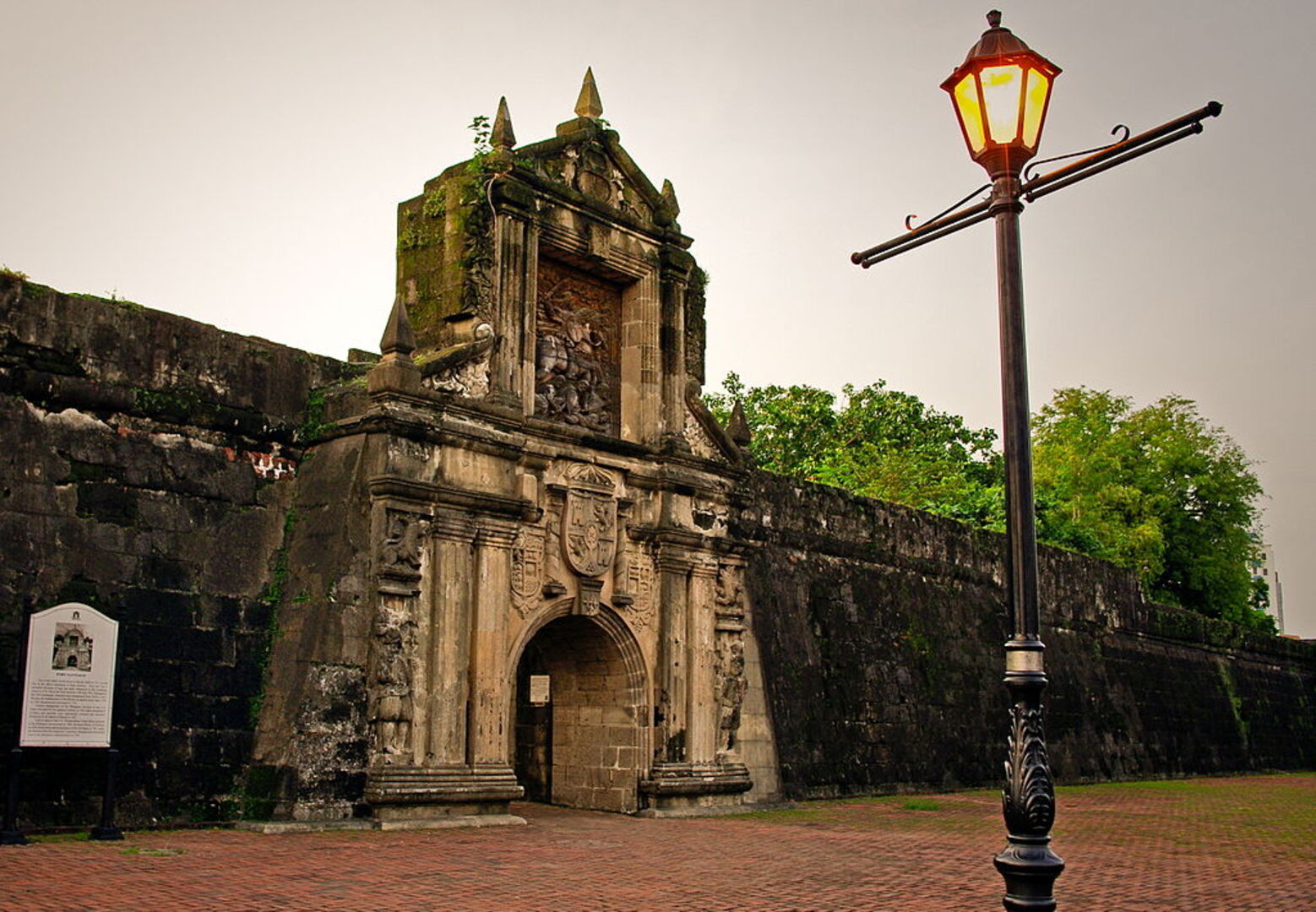
Pass through the reconstructed stone archway that once welcomed Spanish governors and now greets millions of visitors. The central plaza features manicured gardens and the original flagpole where the Spanish, American, and Filipino flags have flown through the centuries.
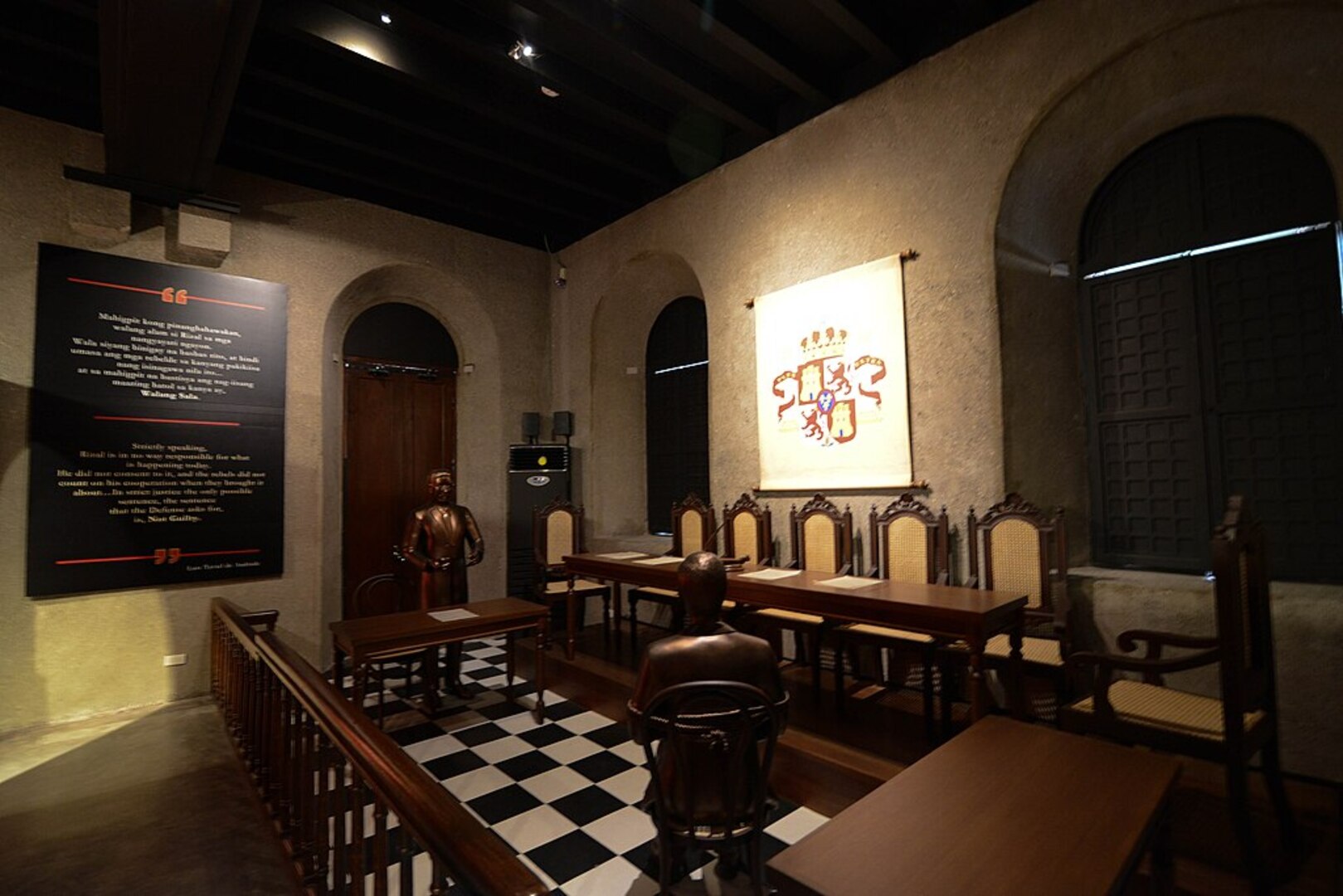
Step into the exact cell where Dr. José Rizal spent his final hours, now transformed into the nation's most sacred museum. View his original writings, personal effects, and the lamp that lit his last night. The museum's collection includes rare manuscripts and the clothes he wore to his execution.
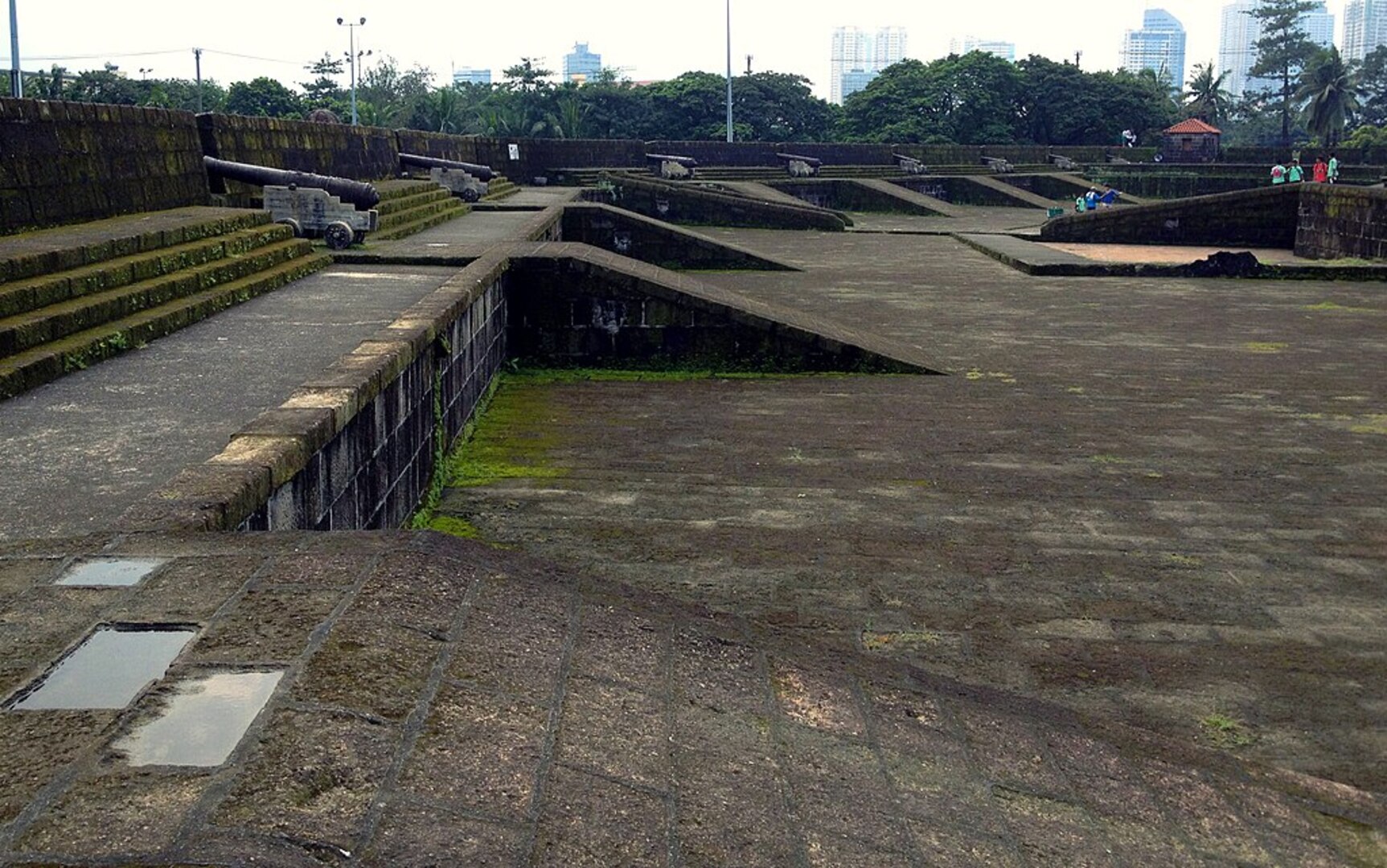
Climb the 20-foot-thick ramparts built from massive limestone blocks. From the battlements, enjoy panoramic views of Manila Bay, the modern city skyline, and the historic Pasig River delta. Cannon emplacements and guard posts remain as Spanish builders left them.
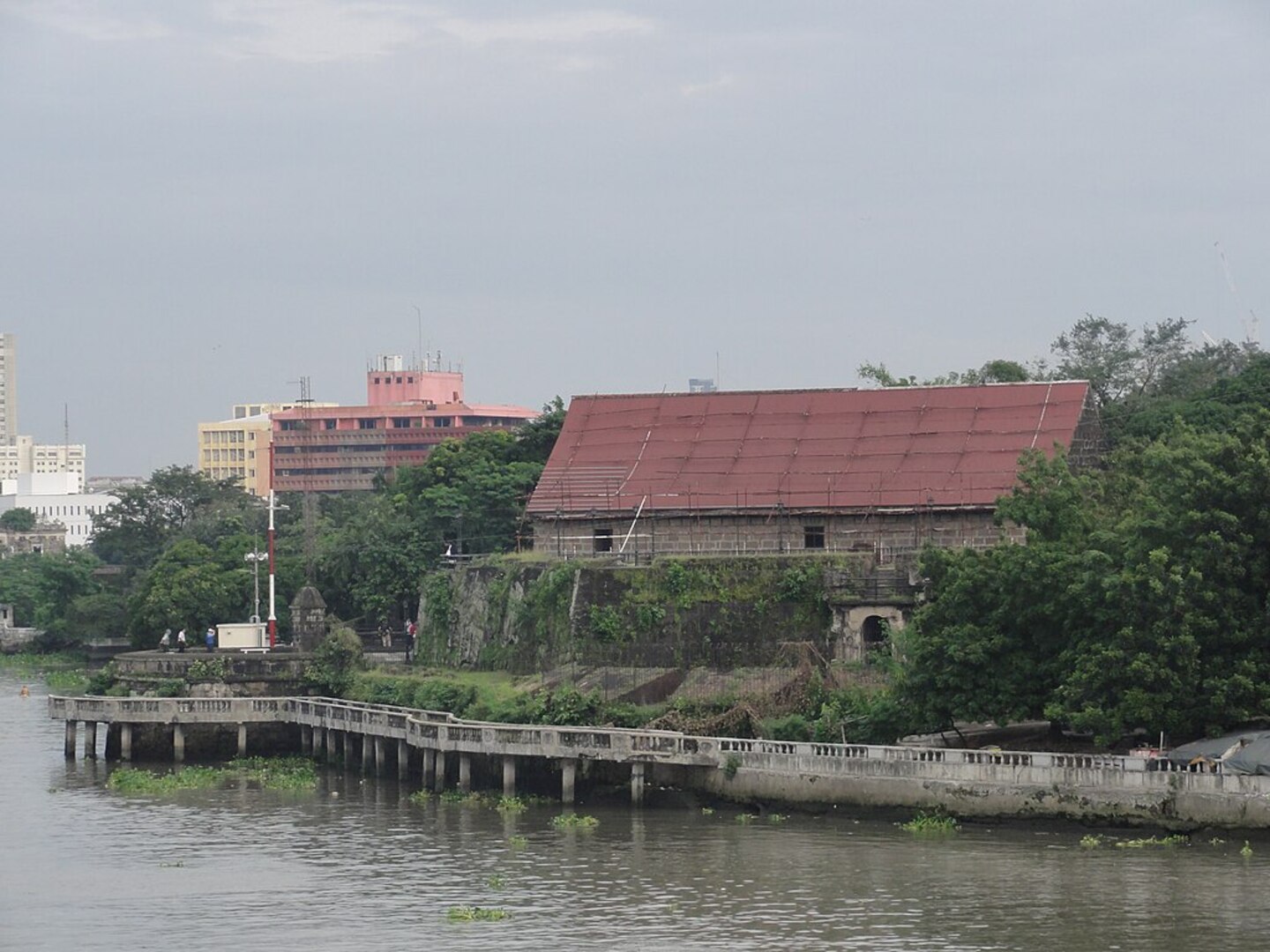
Stroll the riverside promenade where Spanish galleons once anchored. The peaceful walkway offers stunning sunset views and glimpses of traditional bancas (boats) navigating the historic waterway. Street performers and local artists often showcase Filipino culture along this scenic route.
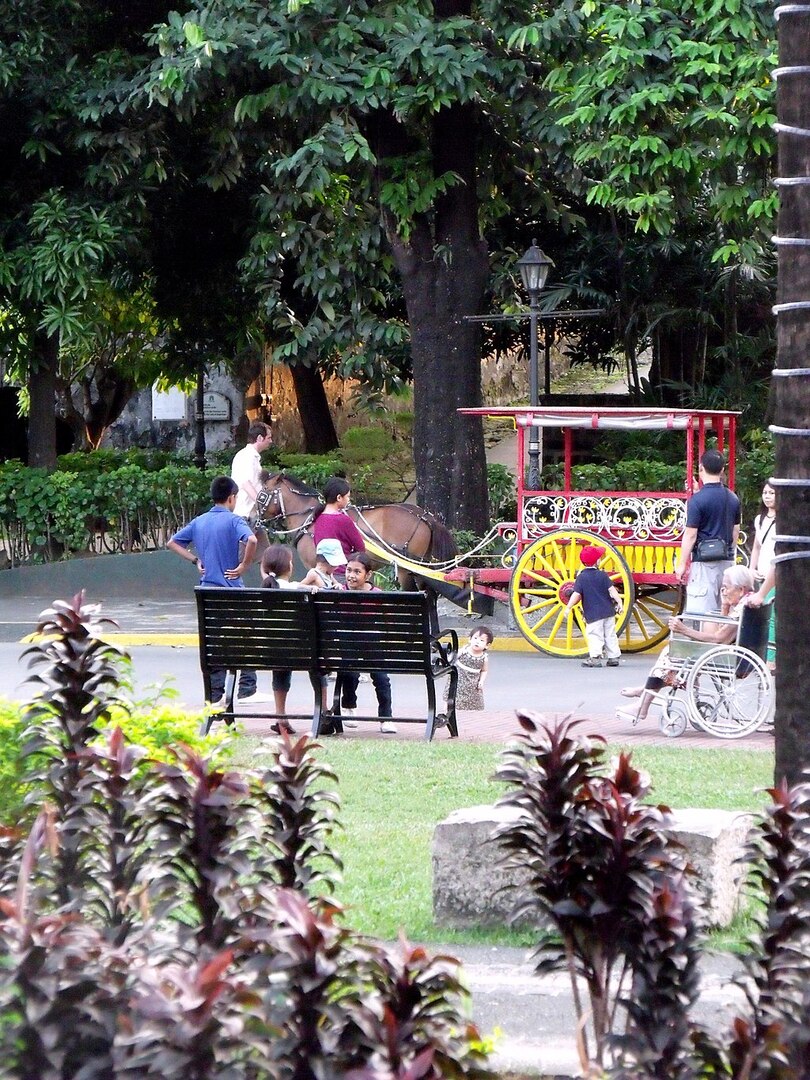
Make the most of your Fort Santiago experience with these essential planning tips:
Location: Fort Santiago, Intramuros, Manila
Nearest Airport: Ninoy Aquino International Airport (MNL)
Coordinates: 14°35′42″N, 120°58′10″E
Fort Santiago sits at the northwest corner of Intramuros along the Pasig River. It’s a short ride from Manila’s bayside districts and historic churches, making it easy to pair with wider Intramuros sightseeing.
Plan for 2–3 hours inside the fort. If you’re touring Intramuros as well, set aside half a day to a full day.
Yes. Most tours run daily and include fort entry and a licensed guide. Check availability and start times when booking.
Yes. The grounds are spacious with short walking routes, shaded areas, and engaging exhibits suitable for younger visitors.
Mornings and late afternoons offer cooler temperatures and great light for photos. Aim for golden hour along the river.
Advance booking is recommended, especially on weekends and holidays, to secure preferred time slots and small‑group options.
Wear comfortable walking shoes and light clothing suitable for warm weather. Bring sun protection and water.
Essentials include water, sun protection, and a portable charger. Light rain gear is useful during the wet season.